Feathers in Flight:
the Bird Genoscape Project by Allie Ruckman published Jan. 26, 2021Migratory birds know no borders. Because of their vast range, it is difficult to identify the migration patterns of specific populations and to connect specific breeding areas to specific wintering areas. These nuggets of information are essential in determining the most effective strategies for protecting individual bird populations.
Kristen Ruegg, a researcher in the Colorado State University Department of Biology, is the co-founder and co-director of the Bird Genoscape Project. The project focuses on genetic information collected from bird feathers to build a database that will help researchers understand individual populations’ specific movements and develop more targeted conservation strategies.
Since migratory birds travel all over the continent, tracking their movements is an international and highly collaborative experience. Research teams from North, Central and South America have to work together to track the birds and gather samples of feathers.
The research’s focus on conservation and collaboration inspired Neil Losin and Nate Dappen of Day’s Edge Productions to produce a short film, Feathers in Flight: The Bird Genoscape Project, which was funded by National Geographic and released on Jan. 26, 2021.
You can watch the film here:
The research
The original idea of using DNA from feathers to track population-specific migratory movements came from the project’s co-director, UCLA professor Tom Smith, in the early 1990s.
Typically, researchers have had to capture, band, release and subsequently recapture the same birds between migratory seasons to determine their movements. Ruegg and Smith decided that instead of relying on the recaptured birds, they would develop a method that uses genetic information found in feathers to track migration.
“We can take a feather collected from anywhere along the migratory journey and link it back to which breeding population that came from,” Ruegg said. This method is easier for both the birds and the researchers.
“The goal of the project is to use genomic markers to track migratory birds across space and time,” said Ruegg. “It’s like ancestry.com for birds.”
The genomic data will help researchers develop detailed maps noting birds’ genetically distinct lineages, where they’re found on the breeding range, the migratory routes of each population, and where they are found on the wintering grounds (often in warmer areas such as South America).
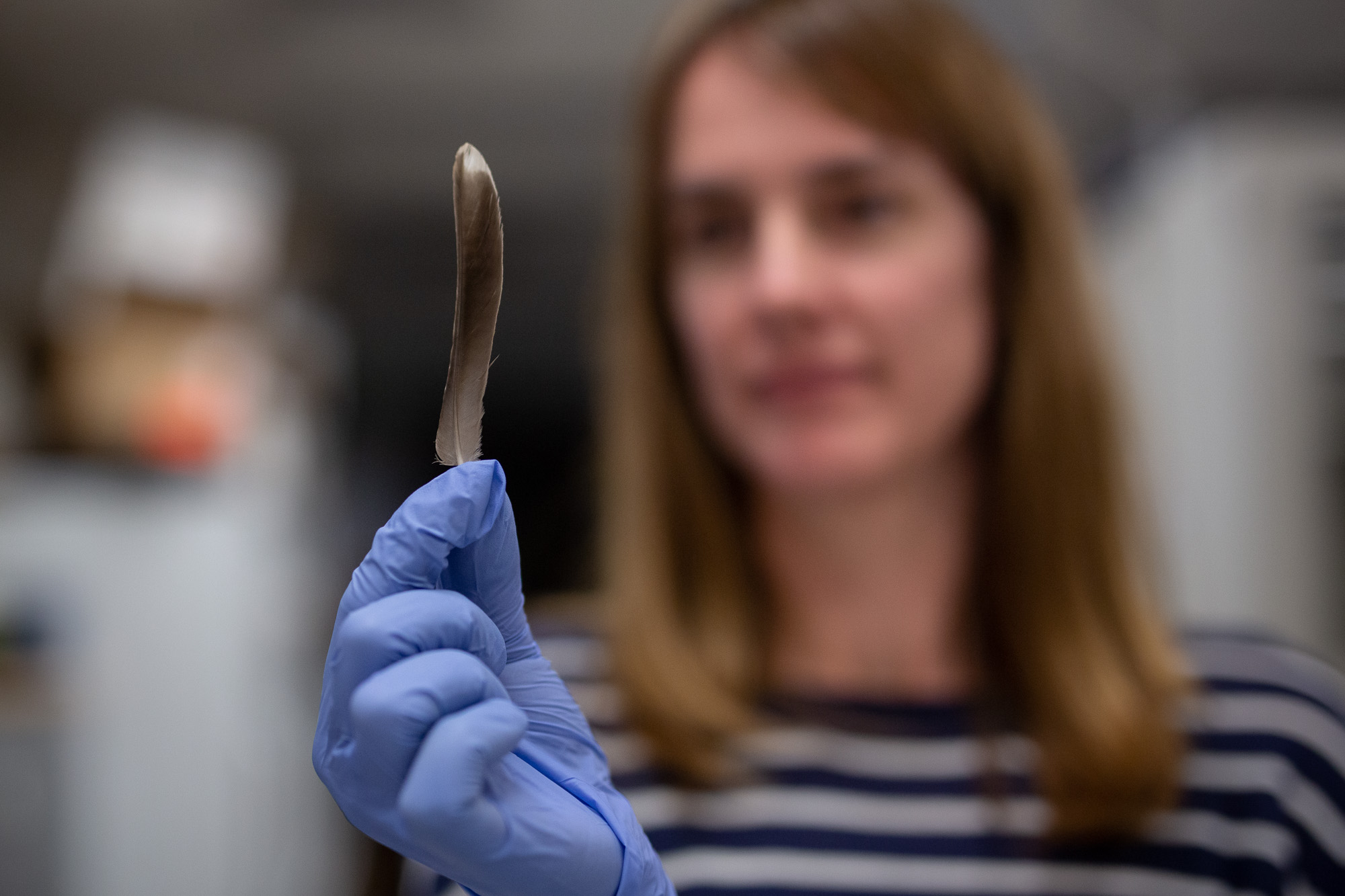
Once these maps are developed, researchers can develop detailed conversation strategies that can be adapted for each population.
By 2025, the project hopes to have mapped 100 species of migratory birds of higher conservation concern.
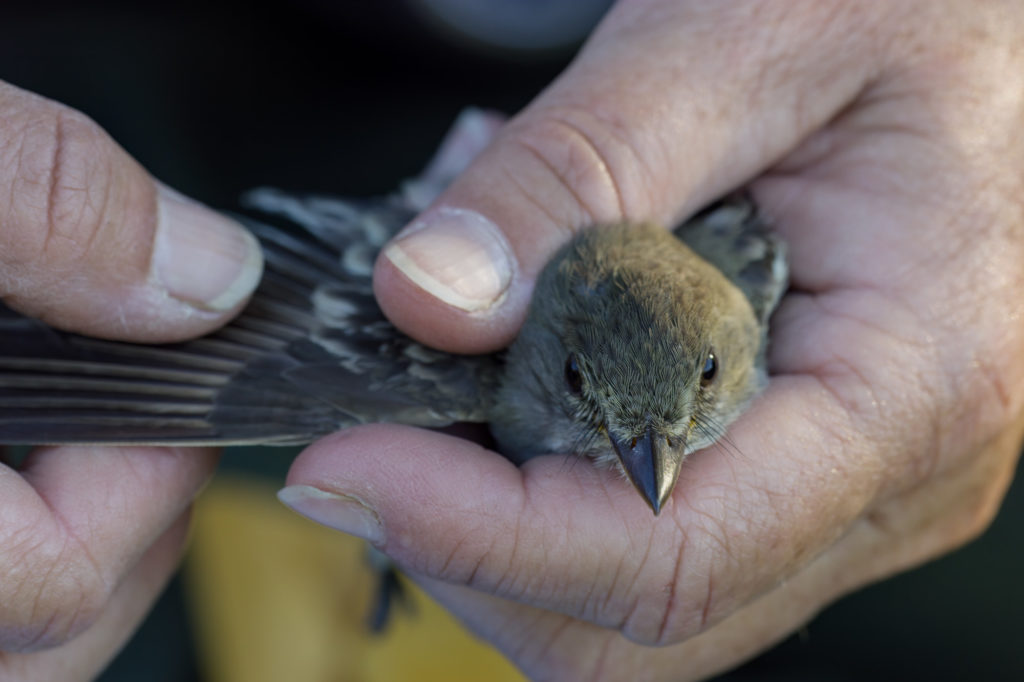
The collaboration
“In the U.S., there’s roughly a hundred species of neo-tropical migratory bird that are either threatened, endangered or a species of special concern,” said Ruegg in the documentary. “The main reason why it’s hard to figure out why some of these species are in trouble is because they’re only in our backyards for, say, three months of the year and the rest of the time we don’t know where they’re going, so we don’t know what threats they’re facing in those areas.”
CSU is working with bird banding stations all over North America and Latin America to collect feathers and create a large ancestry database. They already have 250,000 feathers collected.
“I think birds bring people together,” said Pablo Elizondo, the Partners in Flight coordinator for Costa Rica and chair of the Western Hemisphere Bird Banding Network. “It’s like when you go to another country and realize that someone speaks the same language. Then you can have endless conversations. For us, that’s the language of bird conservation.”
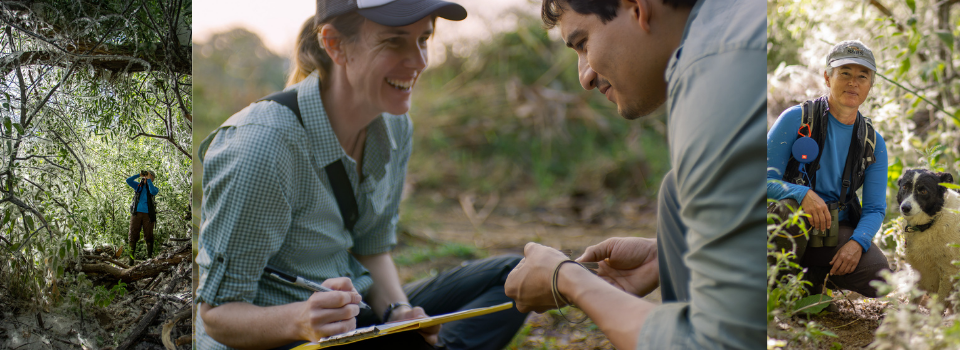
The film
Feathers in Flight follows the willow flycatcher, a neotropical migrant bird that breeds across much of North America. One subspecies, the southwestern willow flycatcher, is federally endangered. The documentary’s focus on the flycatcher helps personify the story and allows viewers to understand the need for conservation.
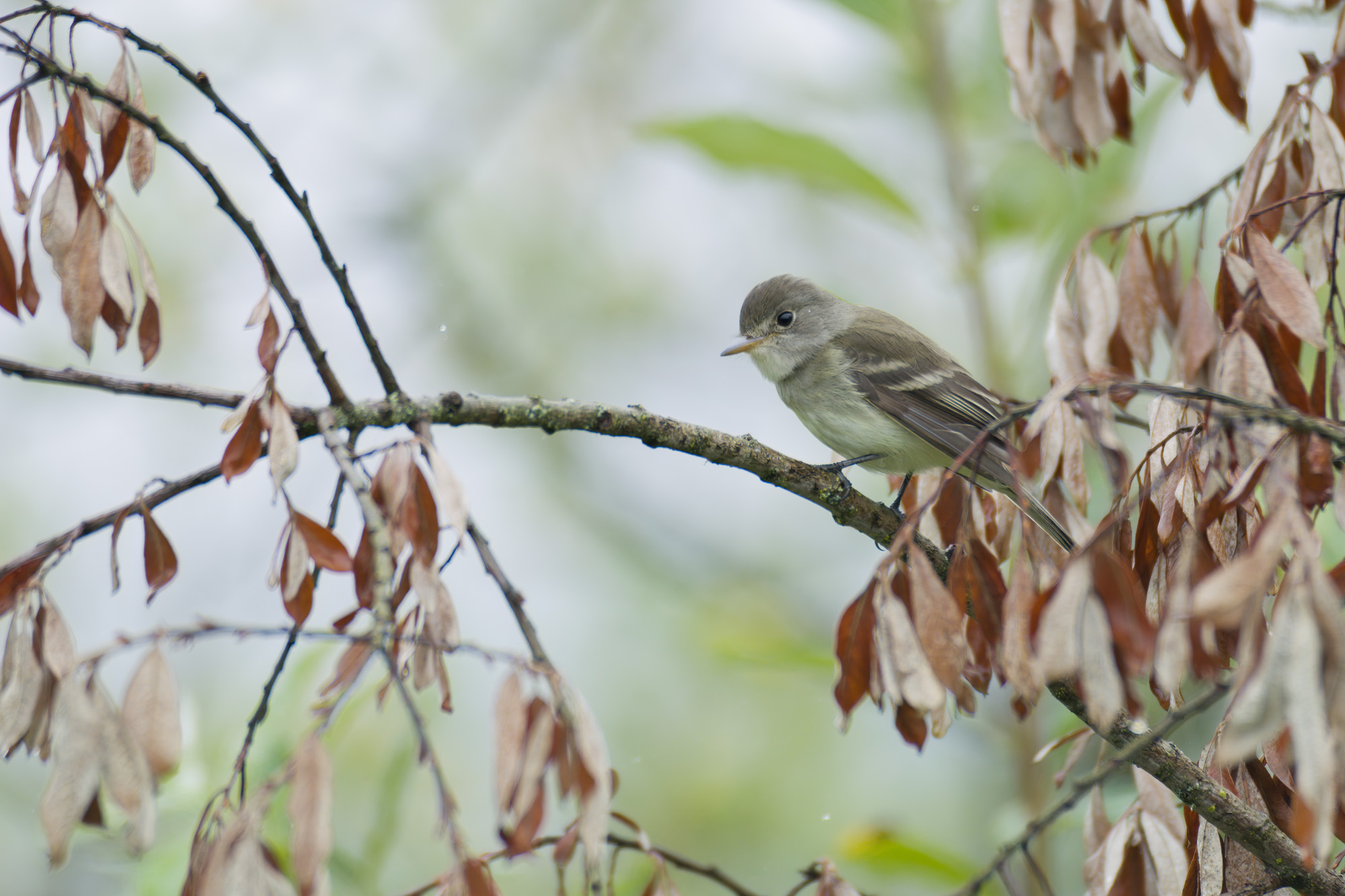
The Bird Genoscape Project helped to identify the flycatcher’s annual cycle and develop conservation strategies in the places it breeds and winters. The filmmakers wanted to feature this endangered bird, “but we also wanted to meet the characters who were playing a role in figuring this information out, the human characters,” said Neil Losin.
Both the filmmakers have Ph.D.s in natural sciences and had personal connections to the Bird Genoscape Project before the film had even taken flight.
When National Geographic issued a request for proposals related to animal migration, the team managed to get the film funded.
Feathers in Flight took 3 years to create and was shot in Costa Rica, Washington, Colorado and California.
Two shorter videos will be released soon after the Feathers in Flight feature, as well as an online interactive map that details where the willow flycatcher breeds and winters, featuring video vignettes, photos and scientist profiles.
Footage from the film is also featured on the National Geographic education website in a module intended to teach children about bird migration. The films all have both English and Spanish closed captioning and there is discussion of creating a Spanish-native short film for use online and in Spanish-speaking classrooms.
“The goal is to make the project more widely known among Latin American biologists, ornithologists and bird watchers,” said Losin. “The other goal is to bring this story to the broadest audience possible. One of the amazing things about these birds is that they really do connect our hemisphere. The more that we can tell this story, the more people will appreciate the birds and the ways that they connect us as people.”
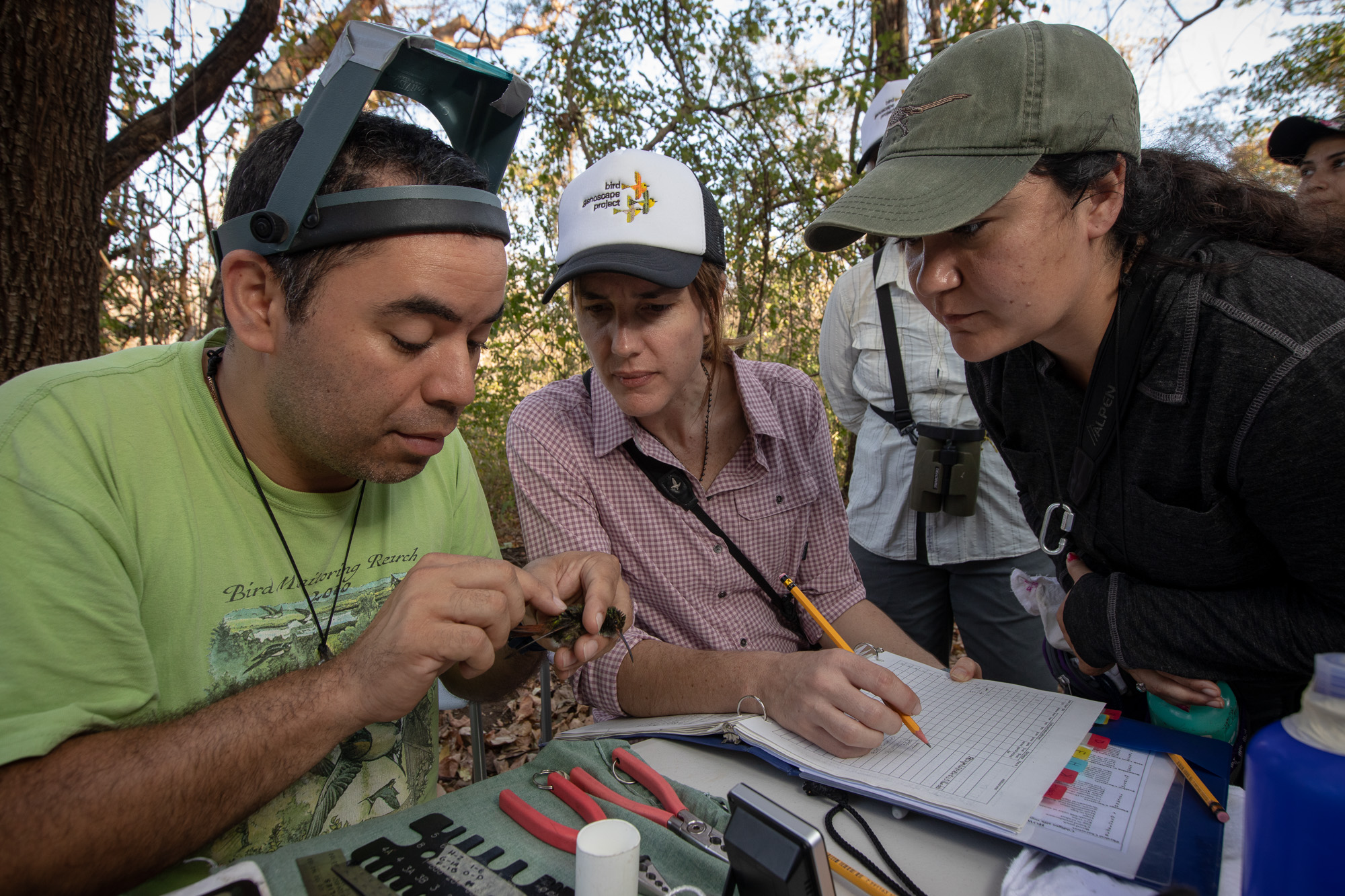
All media was kindly provided by Day’s Edge Productions.